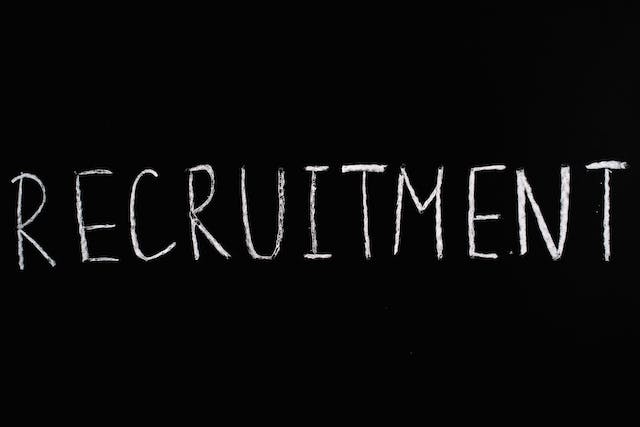The people you employ to work for your company can make or break you and increase or decrease your chances of success. You need to be able to cultivate a team that is supporting you every day, stepping up to the plate.
However, with job satisfaction scores dropping in younger generations and people’s attitudes to work and being employed changing, how can you ensure your team is happy, supportive, and assembled to do their job?
It all starts with the hiring process. You need to be thorough with your recruitment process to make the right choices, find the best applicants, and give them a chance at being successful within the company.
These tips can help you to improve your hiring process and ensure that your next hires, or indeed your first hires, are exactly who you need and an asset to the company.
Set a Timeline
When you are ready to bring people on board, you need a set timeline to work through each stage of the process and have everyone on board. The longer it takes you to hire people, the more expensive it will be, so getting a timeline and having a final date for things to be taken care of can help you to keep the cost down and avoid wasting money.
Define The Job Role and What Is Expected
Before you go advertising for a job role, you need to define what the job role is and be precise about everything you expect each applicant to be able to do. The more precise you are, the more likely you are to find suitable people or retain the people you hire due to not surprising them with additional or different responsibilities they weren’t actually hired for.
Pin down each task they will be required to carry out and the qualities and level of expertise you require in order to fill each position.
Avoid using confusing terms or descriptions where the application is left wondering exactly what it is they are applying for. This can seem suspicious and will put people off. Be upfront and transparent about the company and the role, and understand their day-to-day duties.
Have A Clear Job Title
Much like the above point, the job title must be clear so people know exactly what they are applying for. The more ambiguous the title, the fewer applications you might get or the fewer people will want the job role as they work through the interview stages. Avoid using industry jargon and be clear and concise about the job role and title.
Find Appropriate Job Boards
To really find the right people for your company, you need to find the right job boards to advertise your vacancies. Using job board advertising can be tricky. It can be challenging to find the right places and sightings to reach the people you have your eye on or that your company needs.
Look for niche job boards if you require specific expertise and identify those that people in your industry use to hope you get the best chance of success.
Use An Applicant Tracking System
An applicant tracking system or ATS allows you to track the complete life cycle of the application process from the first plantations of letters sent to the second interview callbacks, etc., right through to the hiring and signing of contracts.
It allows you to spot the way people are finding your vacancies and who is applying, the typical skills of applicants, and their location. It is essentially a CRM, but for job applications and can help you remove inefficiencies and time wasted from sorting through applications and collating data to use for future recruitment.
Prioritize Communication
Avoid leaving people hanging waiting for a response from you. Be proactive in replying to all applications, even if it is sending a blanket thank but no thanks email to those who aren’t suitable. Not only will this help to move the process along but also force you to look through applications, but applicants appreciate communication, even if it is a rejection letter, so they know where they stand. So, be proactive in communicating constantly through this process.
Improve Employee Screening
Improving your employee screening and even interviewing process means you can whittle down applicants thanks to the predetermined parameters you’ve put in place. If someone doesn’t meet these minimum requirements, then it’s a no. Knowing exactly what you want and don’t want will help you remove unsuitable applications and get to those who need more than a precursory glance.
Again, with your interview process, ensure that the people carrying out the interviews understand precisely what they’re looking for, and know what to look for in terms of behavior and communications and what you need as a company to find the right person.
There are many mistakes that can be easily avoided during recruitment if you step back and take the time to get the details right before advertising the job role. The more thorough you are before recruiting, the better the quality of applicants will be and the more success you will have.


